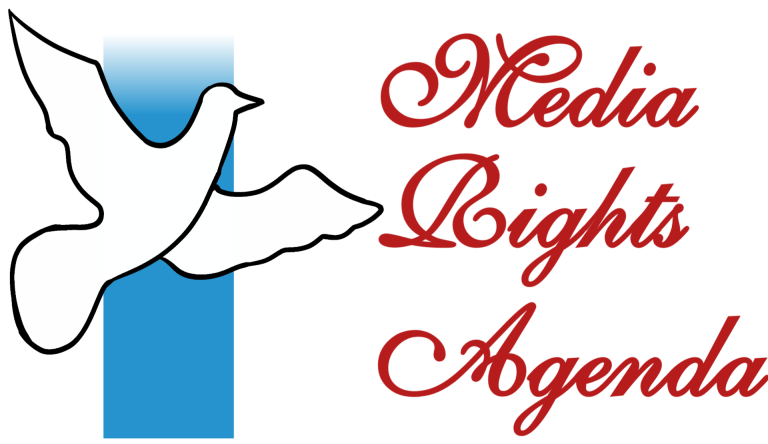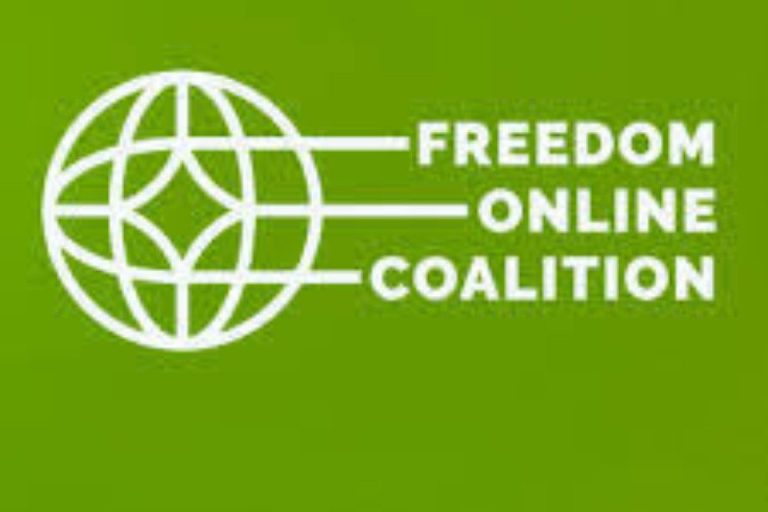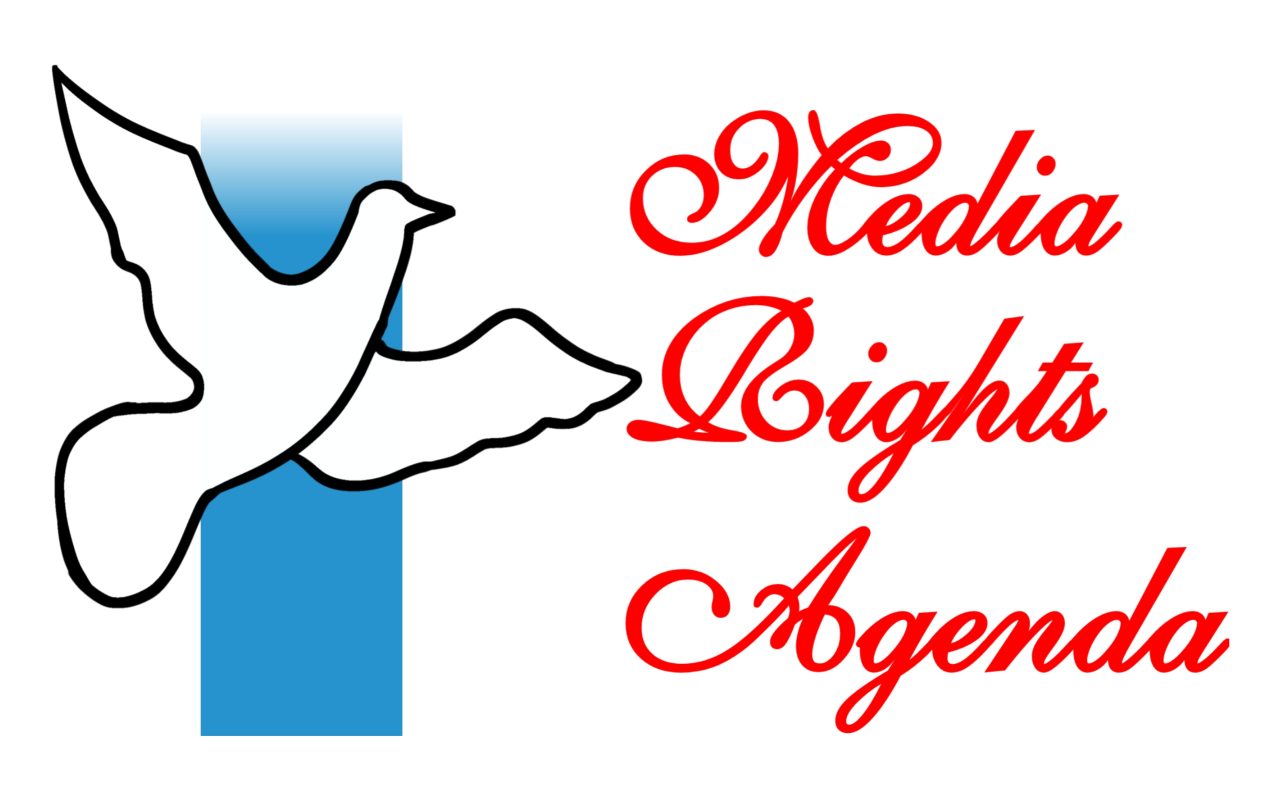
The United Nations Educational, Scientific and Cultural Organisation (UNESCO) has released a new publication entitled “Terrorism and the Media: A Handbook for Journalists,” to serve as a critical guide for those covering terrorist events, with a longer term objective of developing the guidebook into training materials to help journalists around the world become more aware of the various dimensions of terrorism and violent extremism.
The seminal work which was published in 2017, authored by Jean-Paul Marthoz and edited by Mirta Lourenço and Tim Francis, was developed with inputs of journalists, editors and media producers. It identifies the media as critical in providing verifiable information and informed opinion, particularly during the tense environment of a crisis, when populations are on edge and tempers flare. It therefore seeks to serve as a critical resource for those covering terrorist events.
While it anticipates that terrorism and violent extremism are likely problems that will be with us for some time, the book seeks to reduce the explosive rhetoric, overblown coverage and stigmatisation of minority groups, with the hope that some of the incentives to commit violence against civilians will disappear along with them.
In seven segments of 110 pages, the Handbook deals with a wide range of issues including the framing of terrorism, ethics and principles of the media, guaranteeing rule of law and human rights, confronting fear, inclusive journalism, generalisation, hate speech, rumours, initial confusion in covering terrorism, live broadcasting, safety of journalists, terrorism and trauma, kidnapping of journalists, and media post-mortem etc.
Being a part of part of a concerted UNESCO response to the issue of how the media covers terrorism and violent extremism, the Handbook provides a basis for the creation and revision of codes of practice to ensure relevant ethical values are enshrined in the daily operations of media organizations. The guide also references some other essential readings on terrorism and media.
According to the foreword written by Frank La Rue, UNESCO Assistant Director-General for Communication and Information, while the book may not be able to provide an unimpeachable answer to every question posed, it at least encourages self-reflection on the part of media professionals as to how they can avoid contributing to stigmatisation and division.
The text of the publication in pdf is available for download in Open Access under the Attribution-ShareAlike 3.0 IGO (CC-BY-SA 3.0 IGO) license at http://unesdoc.unesco.org/images/0024/002470/247074E.pdf.





